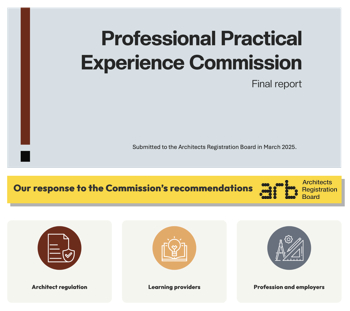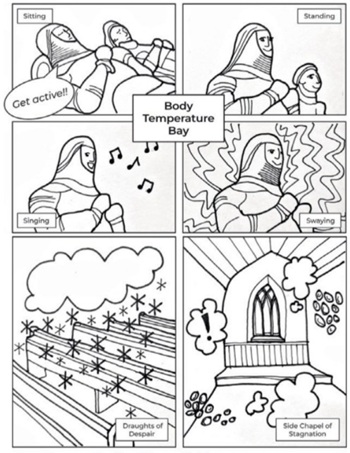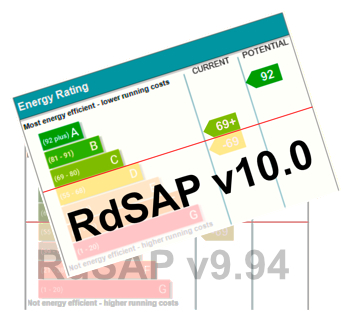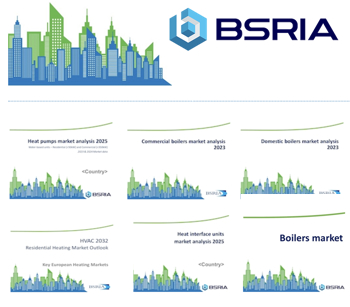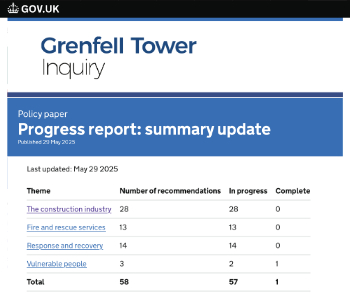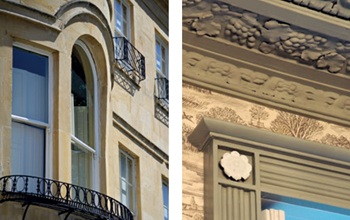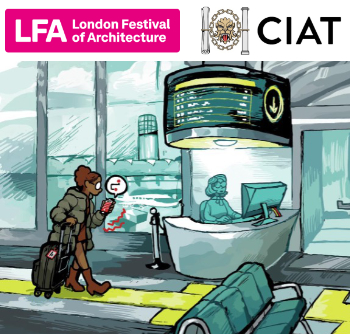Types of dwelling in approved document m
The building regulations set out legal requirements for specific aspects of building design and construction. A series of approved documents provide general guidance about how different aspects of building design and construction can comply with the building regulations.
Approved document M provides guidance for satisfying Part M of the building regulations: Access to and use of buildings, which requires the inclusive provision of ease of access to, and circulation within, buildings, together with requirements for facilities for people with disabilities.
The 2015 edition of Approved document M, Volume 1: Dwellings, introduced three different types of dwelling:
- Category 1 – Visitable dwellings.
- Category 2 – Accessible and adaptable dwellings.
- Category 3 – Wheelchair user dwellings.
The requirements set out in M4(2) Accessible and adaptable dwellings and M4(3) Wheelchair user dwellings, are optional requirements that only apply if imposed on new development as part of the process of granting planning permission. Otherwise, only the requirements of M4(1) Visitable dwellings apply.
Very broadly, the different levels of requirement are:
- M4(1): Category 1 – Visitable dwellings. Compliance with this requirement is achieved when a new dwelling makes reasonable provision for most people, which includes wheelchair users to access and enter the dwelling, and access habitable rooms and sanitary facilities on the entrance level.
- M4(2): Category 2 – Accessible and adaptable dwellings. This requirement is met when a new dwelling provides reasonable provision for most people to access the dwelling and includes features that make it suitable for a range of potential occupants, including older people, individuals with reduced mobility and some wheelchair users.
- M4(3): Category 3 – Wheelchair user dwellings. This requirement is achieved when a new dwelling provides reasonable provisions for a wheelchair user to live in the dwelling and have the ability to use any outdoor space, parking and communal facilities.
More detail about the specific requirements for each category is set out in the approved document.
See also: Dwelling.
[edit] Related articles on Designing Buildings Wiki
- Access and inclusion in the built environment: policy and guidance.
- Access consultant.
- Accessibility in the built environment.
- Accessible London.
- Approved document M.
- Changing lifestyles.
- Dwelling type.
- Equality Act.
- Inclusive design.
- Lifetime Homes Design Guide (EP 100).
- Lifetime homes.
- Lifetime neighbourhoods.
- People with disabilities.
Featured articles and news
SELECT three-point plan for action issued to MSPs
Call for Scottish regulation, green skills and recognition of electrotechnical industry as part of a manifesto for Scottish Parliamentary elections.
UCEM becomes the University of the Built Environment
Major milestone in its 106-year history, follows recent merger with London School of Architecture (LSE).
Professional practical experience for Architects in training
The long process to transform the nature of education and professional practical experience in the Architecture profession following recent reports.
A people-first approach to retrofit
Moving away from the destructive paradigm of fabric-first.
International Electrician Day, 10 June 2025
Celebrating the role of electrical engineers from André-Marie Amperè, today and for the future.
New guide for clients launched at Houses of Parliament
'There has never been a more important time for clients to step up and ...ask the right questions'
The impact of recycled slate tiles
Innovation across the decades.
EPC changes for existing buildings
Changes and their context as the new RdSAP methodology comes into use from 15 June.
Skills England publishes Sector skills needs assessments
Priority areas relating to the built environment highlighted and described in brief.
BSRIA HVAC Market Watch - May 2025 Edition
Heat Pump Market Outlook: Policy, Performance & Refrigerant Trends for 2025–2028.
Committing to EDI in construction with CIOB
Built Environment professional bodies deepen commitment to EDI with two new signatories: CIAT and CICES.
Government Grenfell progress report at a glance
Line by line recomendation overview, with links to more details.
An engaging and lively review of his professional life.
Sustainable heating for listed buildings
A problem that needs to be approached intelligently.
50th Golden anniversary ECA Edmundson apprentice award
Deadline for entries has been extended to Friday 27 June, so don't miss out!
CIAT at the London Festival of Architecture
Designing for Everyone: Breaking Barriers in Inclusive Architecture.
Mixed reactions to apprenticeship and skills reform 2025
A 'welcome shift' for some and a 'backwards step' for others.









